The DC-DC converters inside the light have spread spectrum modulation. This way, i expect to have less electomagnetical interference problems.
The computer fans are synchronized to within 1-2° of deviation. In the first few months, i didn't have this feature, and it was quite annoying to have the fans run at slightly different speeds. But now, it runs really silent and without any disturbing interferences between the fans
 t.oster92
t.oster92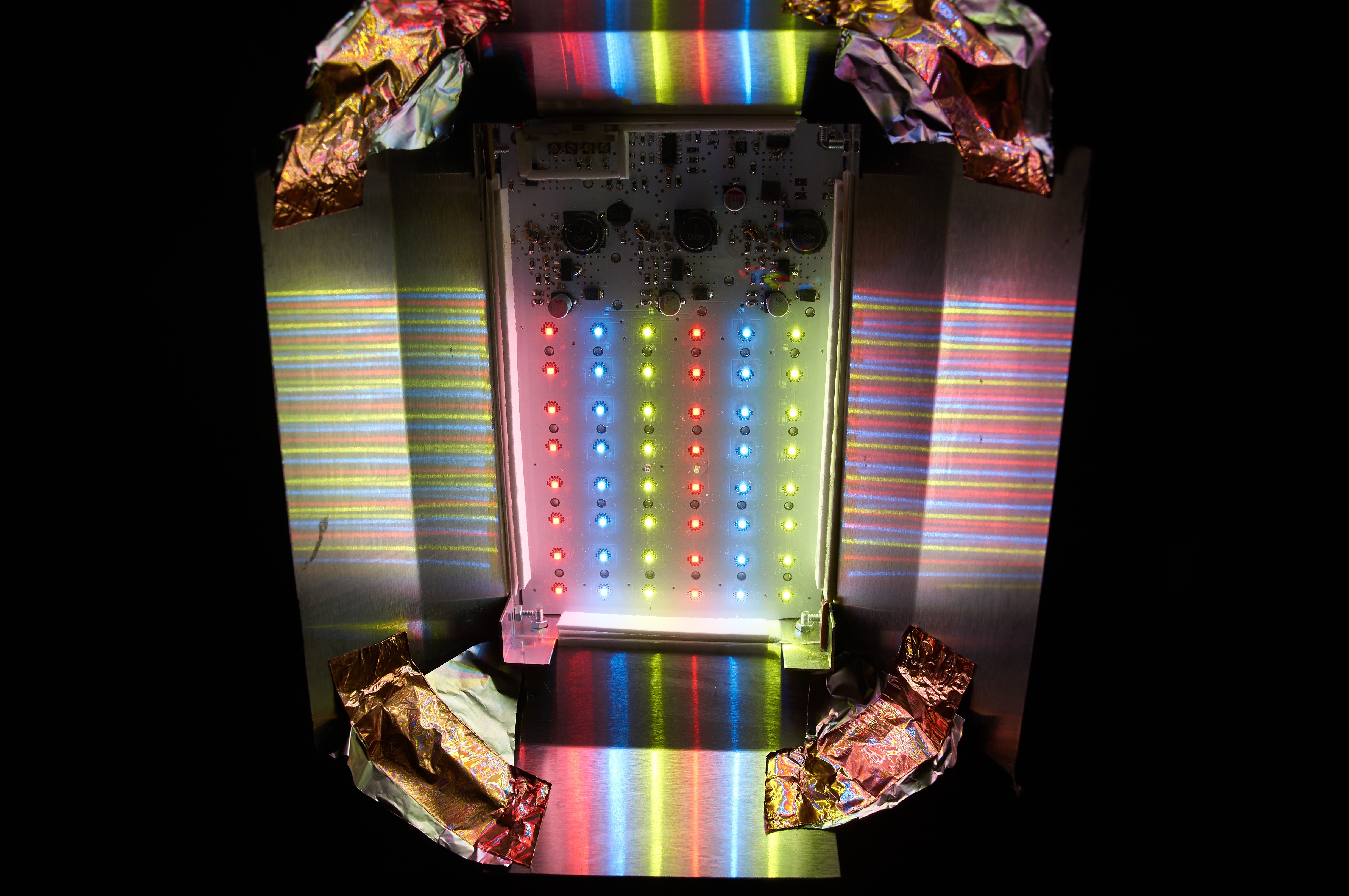 Also, i bent and painted the lightshade. The bend should make the light a little more focused, and the paint makes it look a little better.
Also, i bent and painted the lightshade. The bend should make the light a little more focused, and the paint makes it look a little better.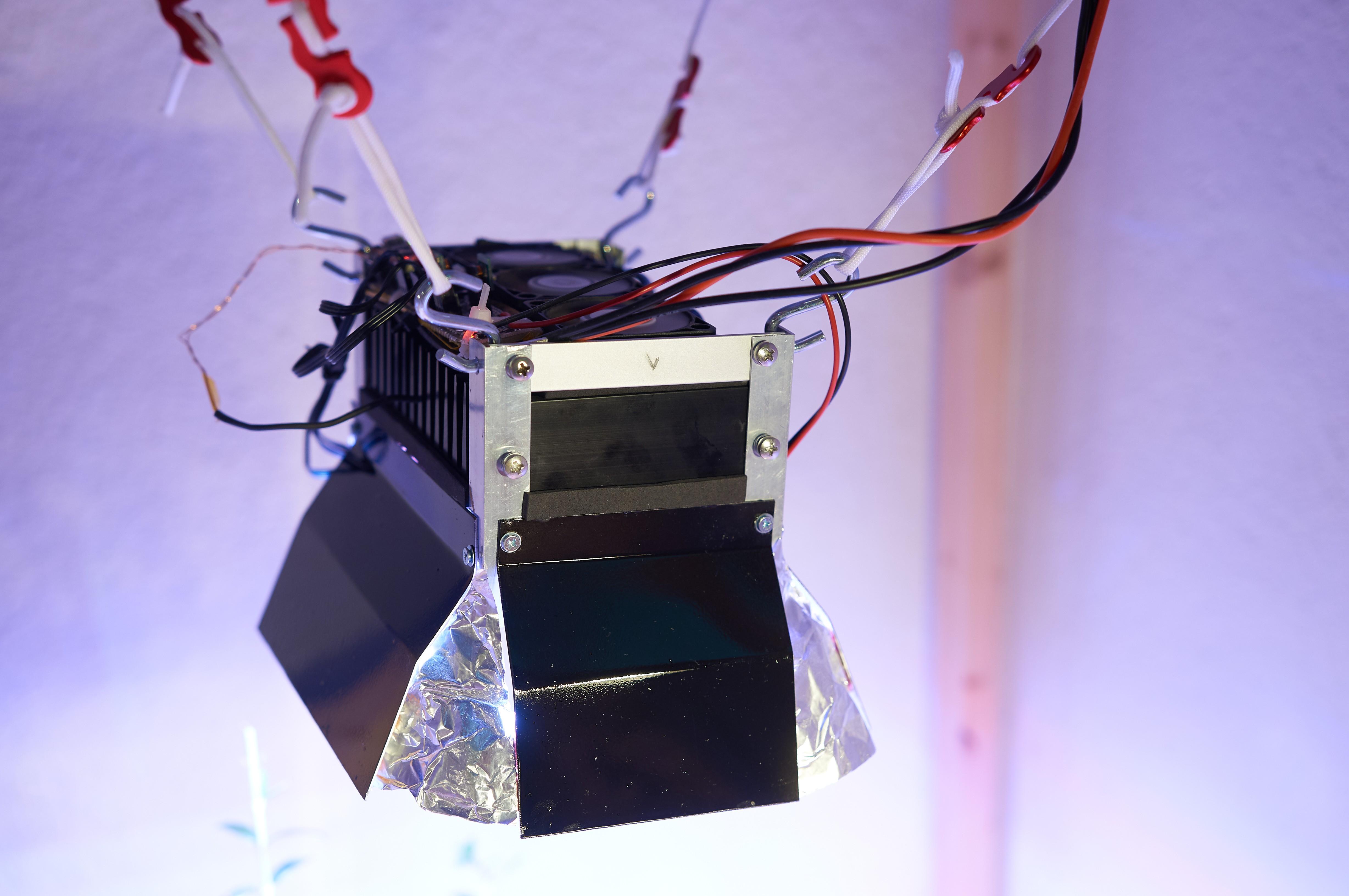
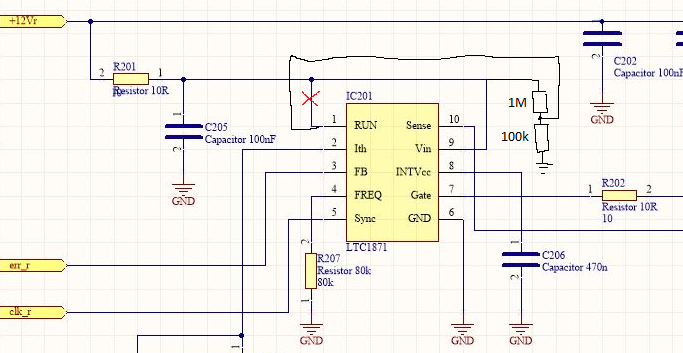
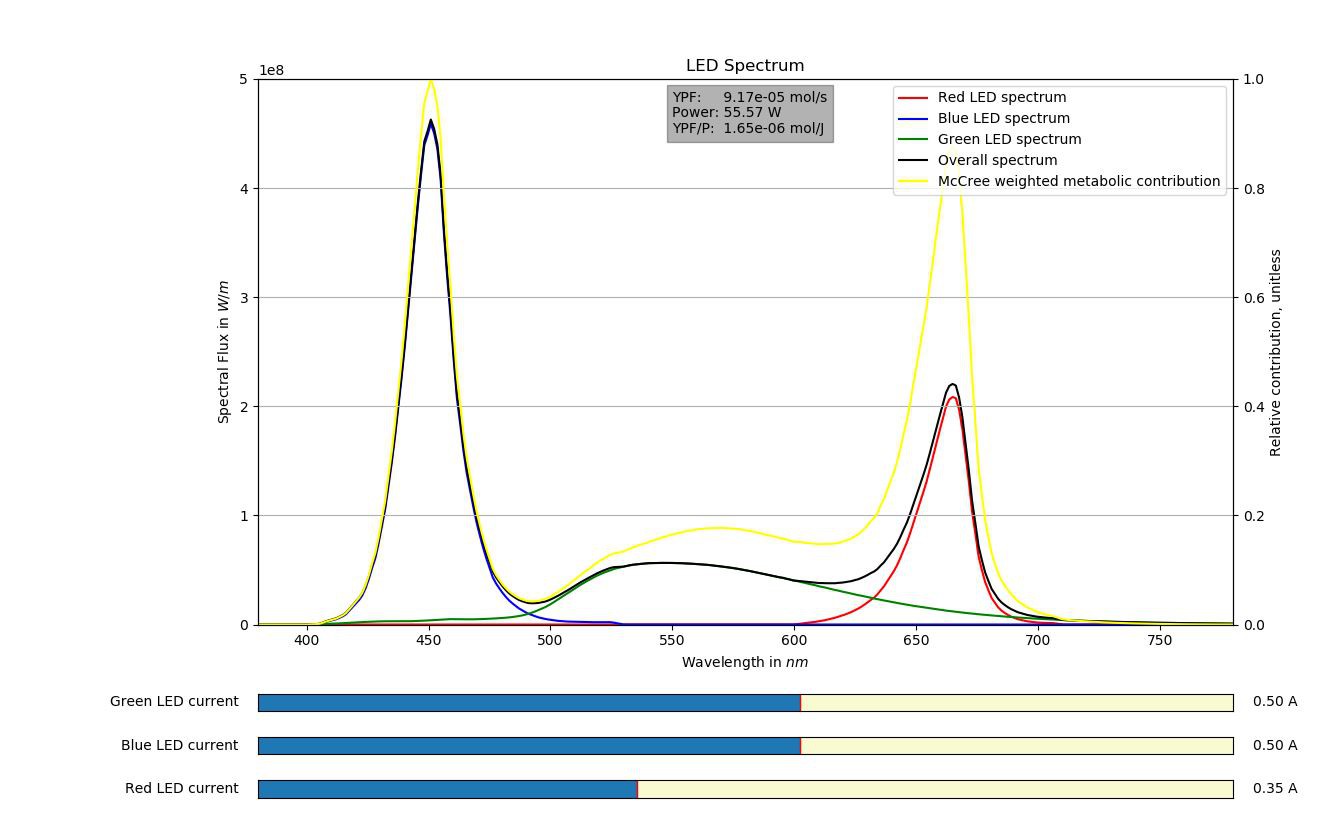 The tool
The tool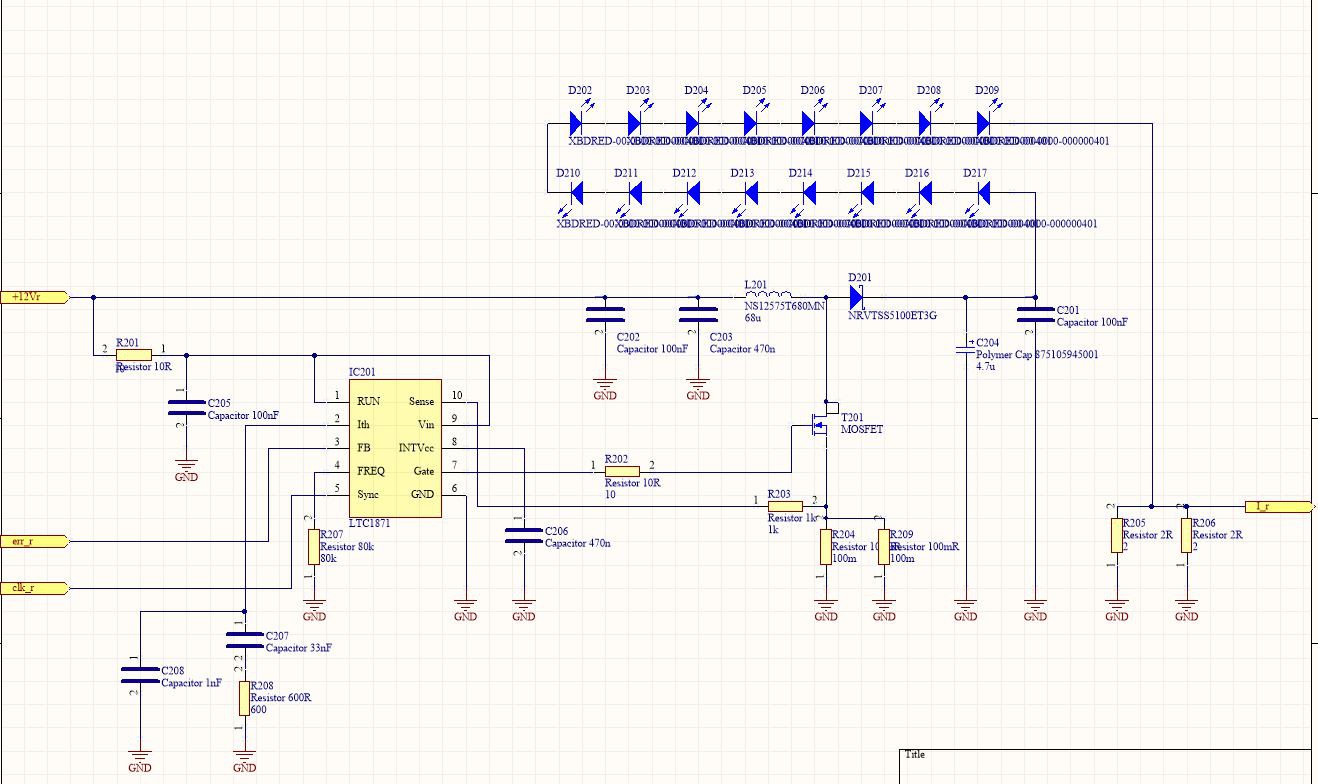
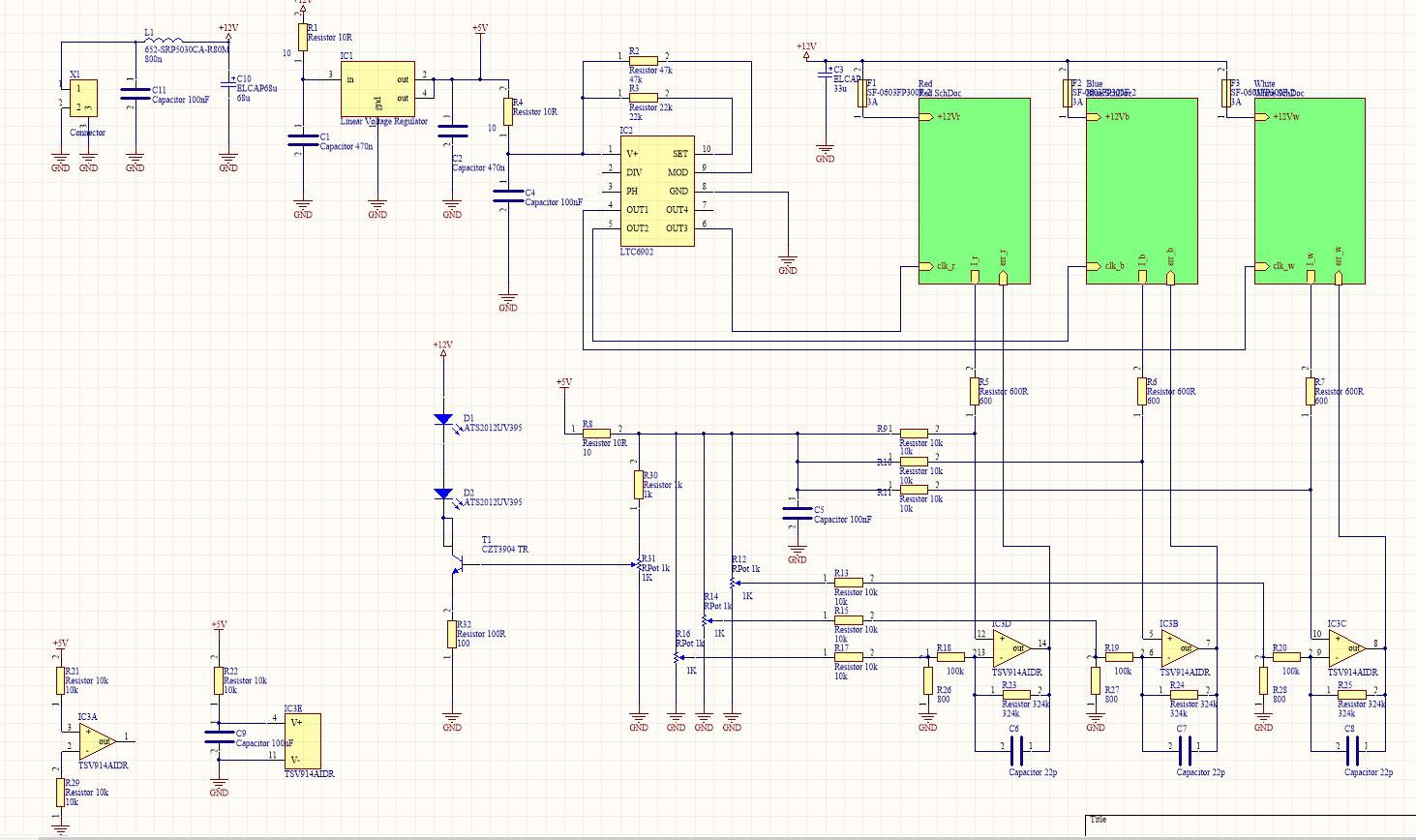
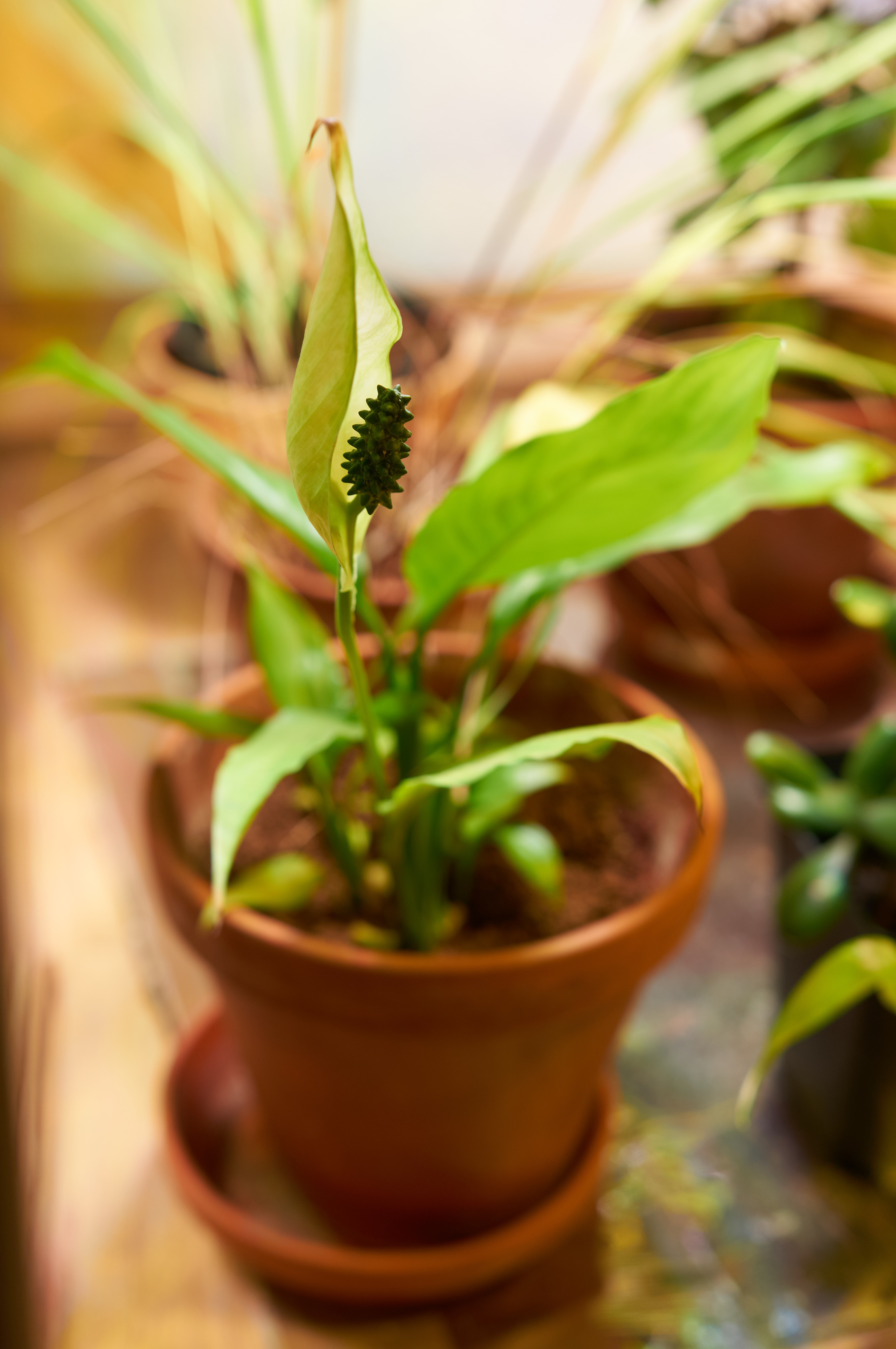
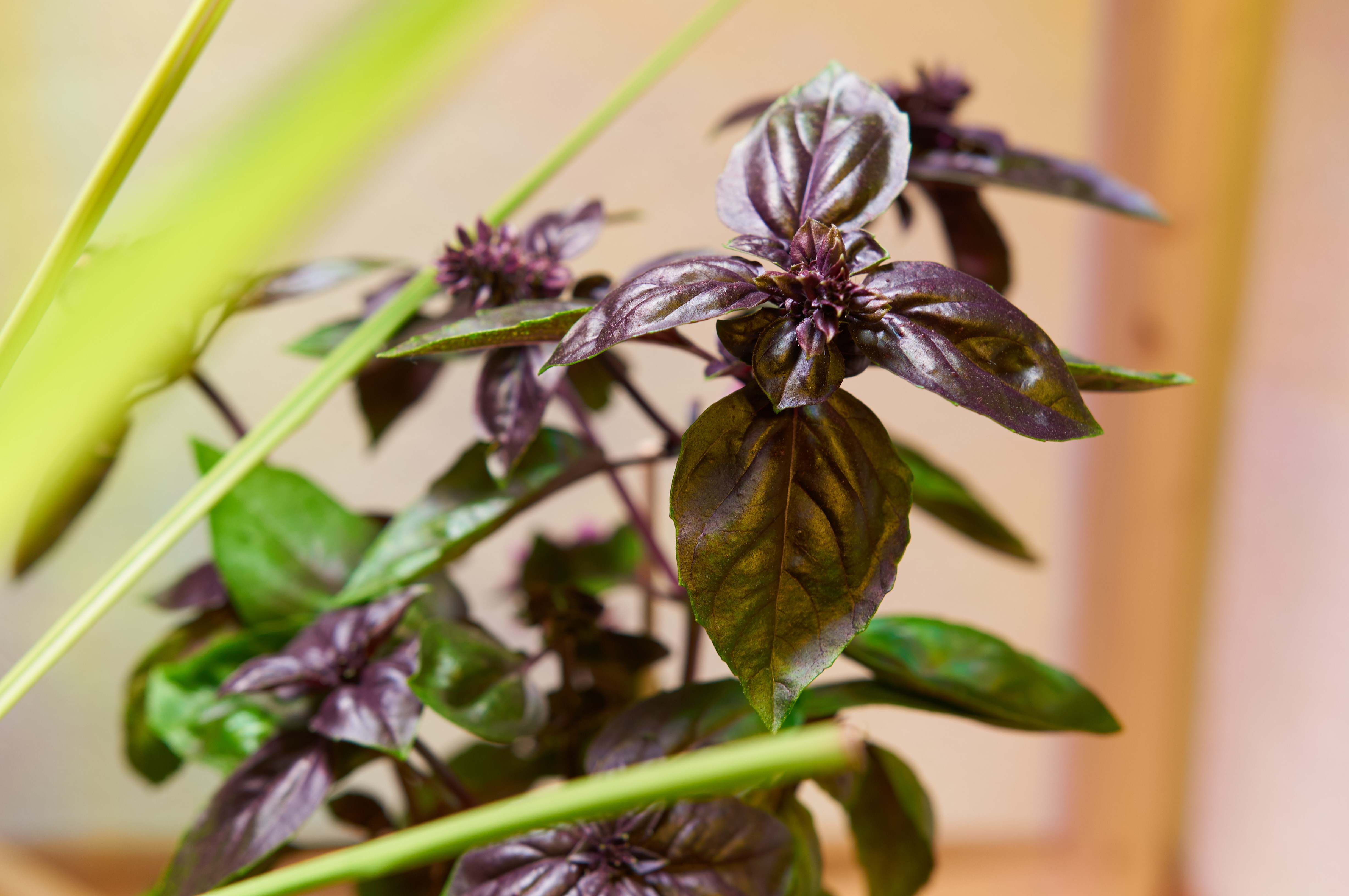
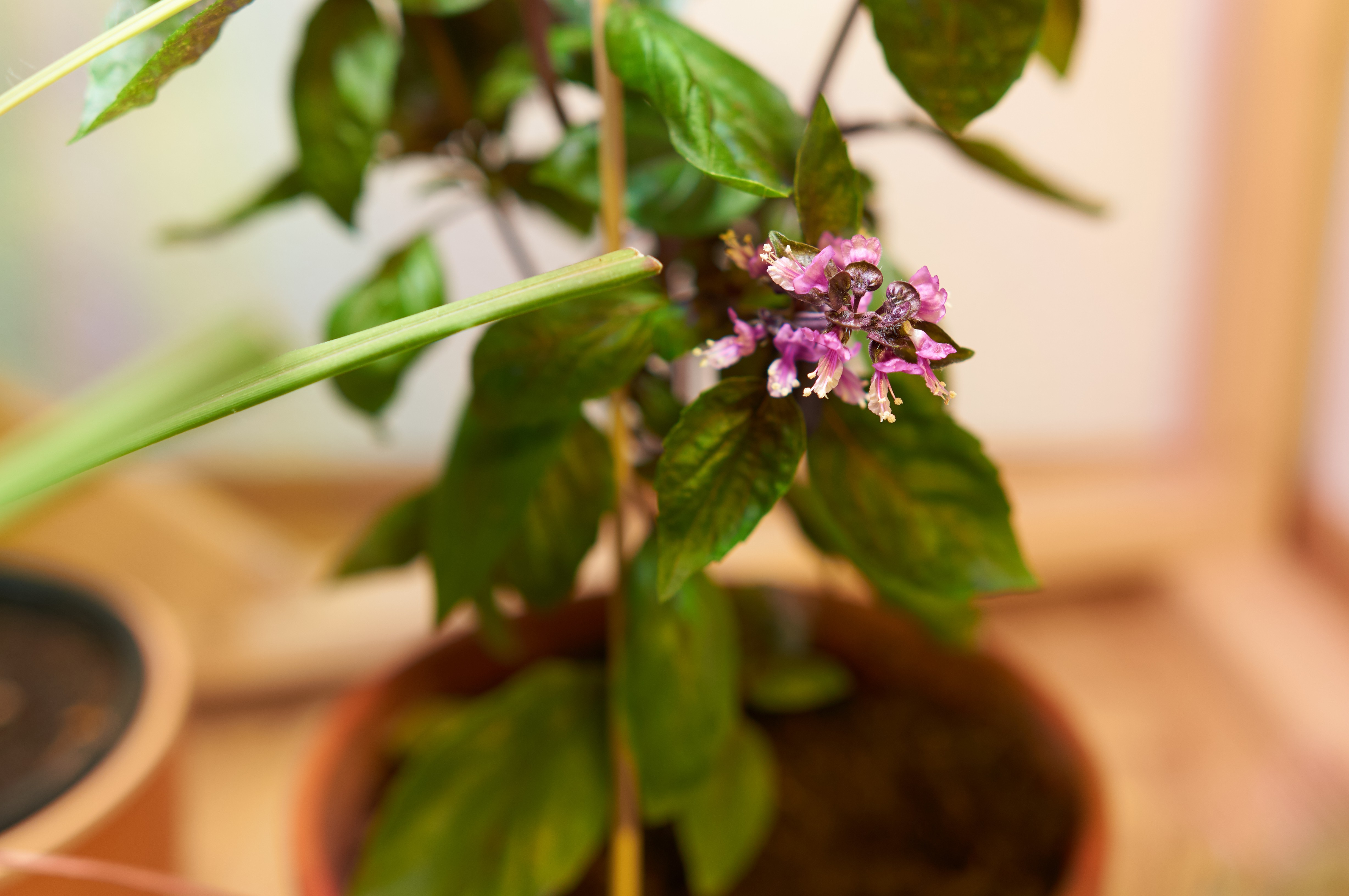
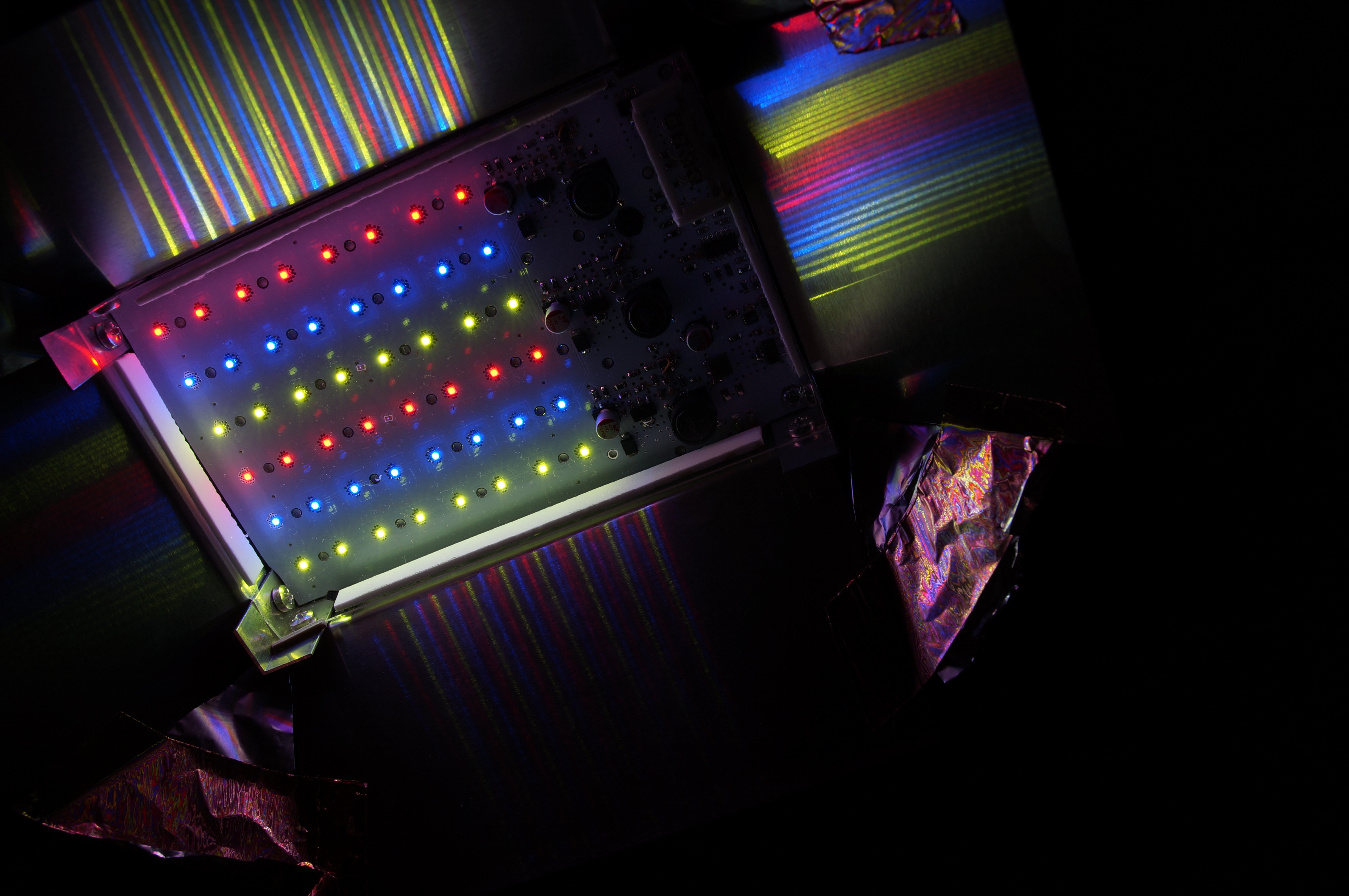
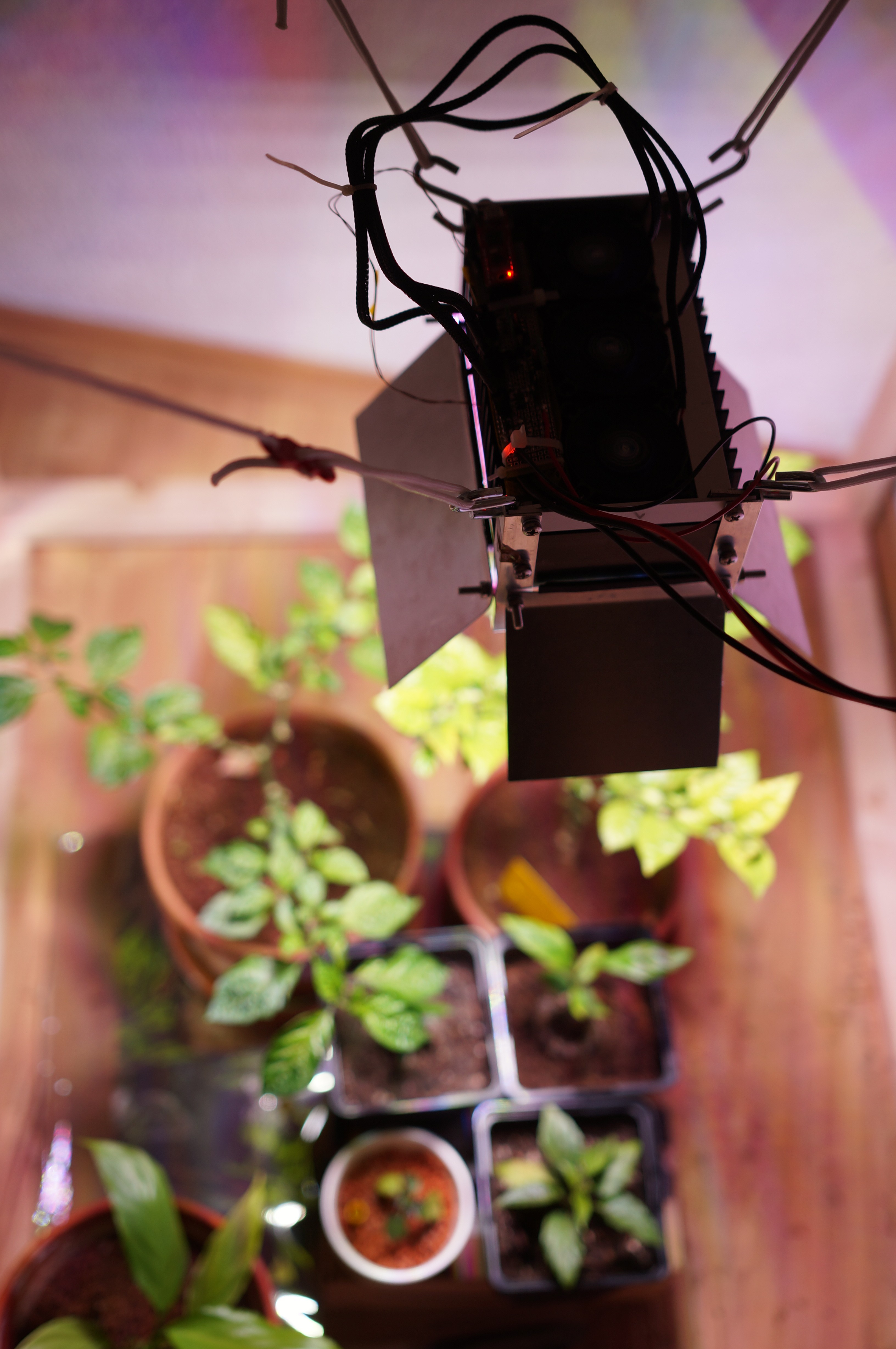
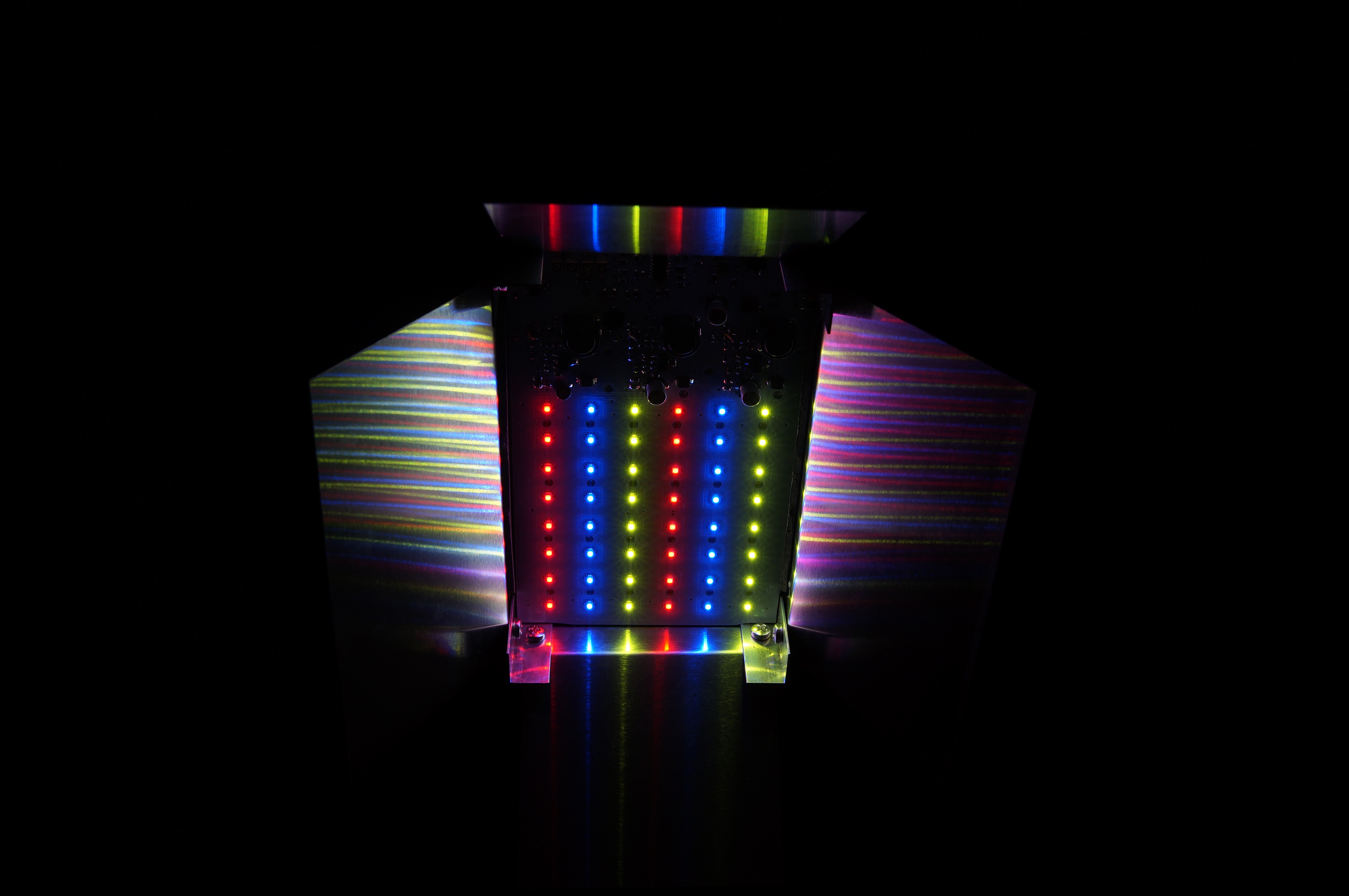
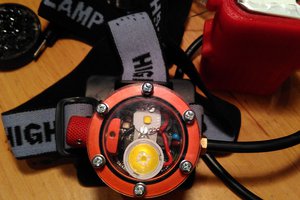
 Jakub Kaderka
Jakub Kaderka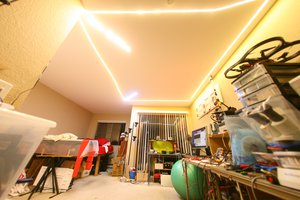
 lion mclionhead
lion mclionhead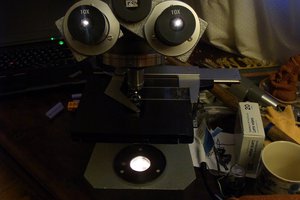
 andyhull
andyhull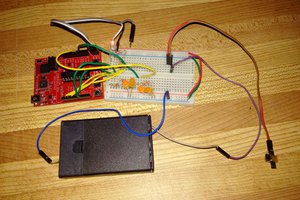
 Petri Varsa
Petri Varsa